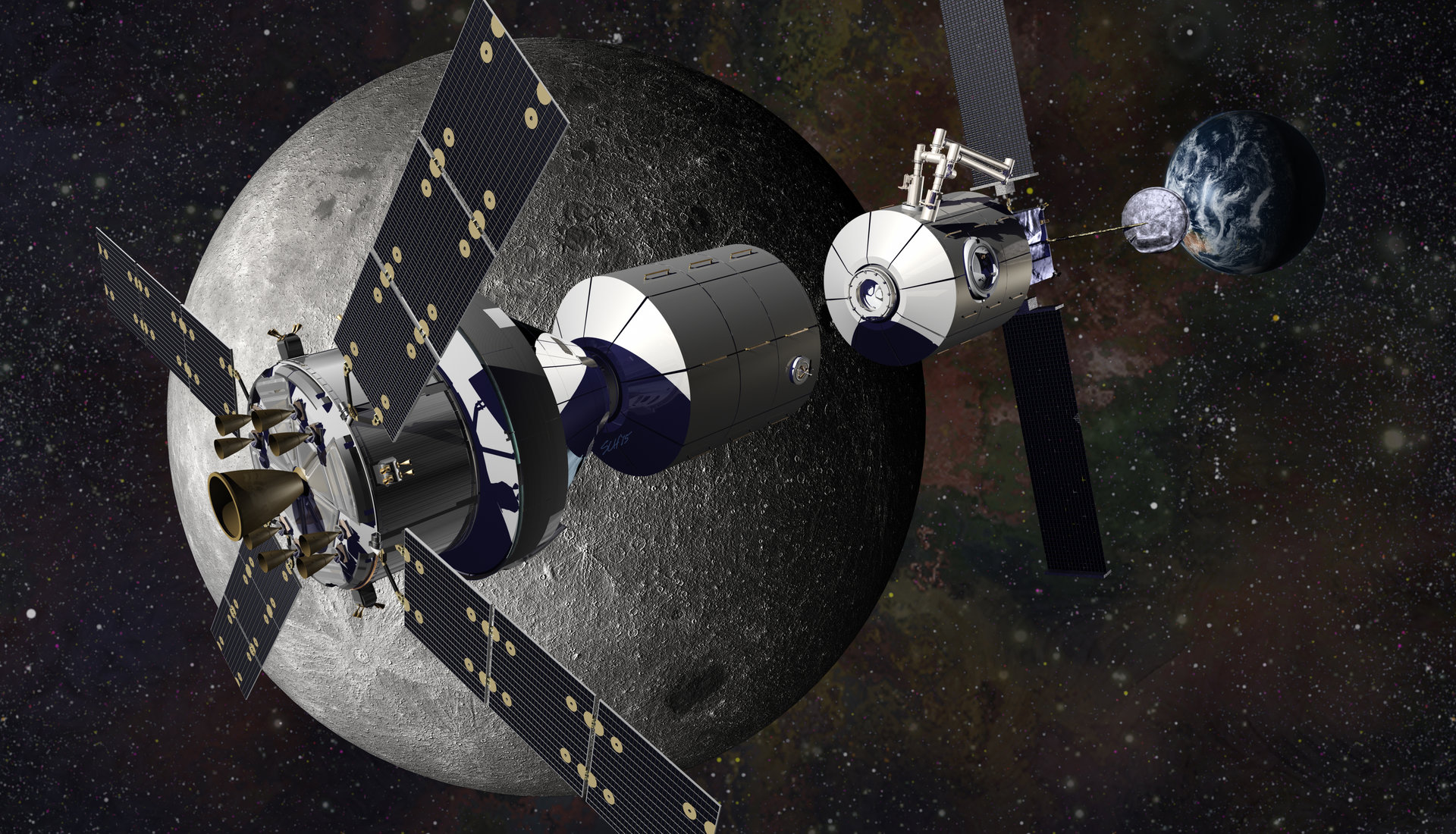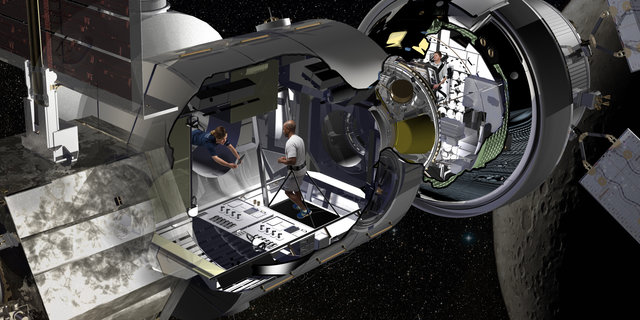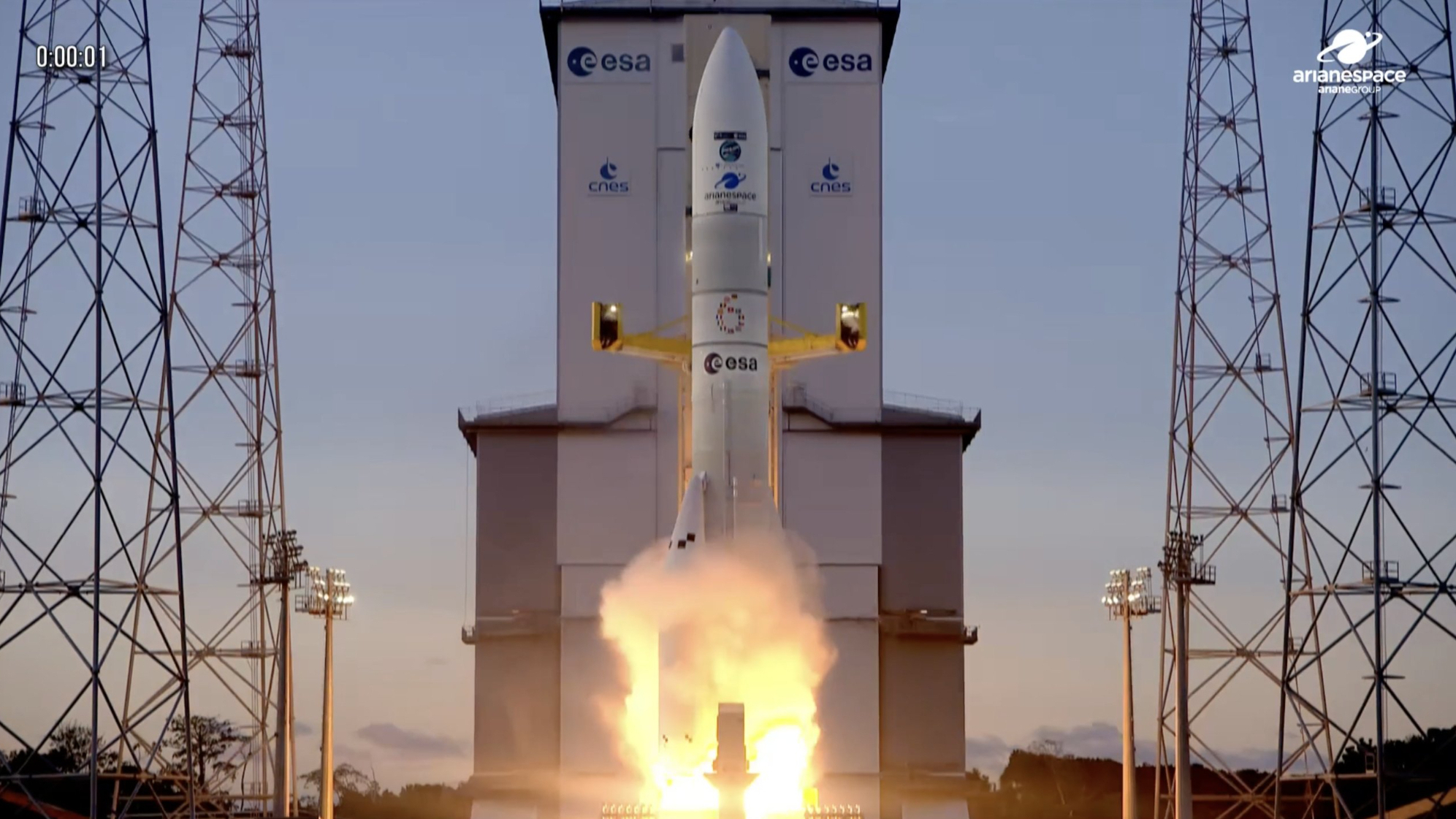A Fully Automated Science Lab Could Be Coming to NASA's New Lunar Station

We've all had that feeling of leaving the house and wondering if we left the stove on or forgot to lock the door. In space, an anxious astronaut might worry that an unoccupied space station might be losing oxygen or an experiment is failing because the power went out.
That's why NASA is expanding the use of automation on Deep Space Gateway, a lunar space station for astronauts traveling to far away destinations such as Mars. Deep Space Gateway is set for launch in 2020 and might be occupied by humans for only a month or two at a time.
"When the crew's not there, the Gateway would serve as a science laboratory, tending to its own experiments; we envision having some robotics on board," said Bill Pratt, program manager for Lockheed Martin's NextSTEP program that is working on Deep Space Gateway. Lockheed is also the prime contractor for the future deep space Orion spacecraft.
Other questions for Gateway automation include how to operate items such as the life support system when the astronauts are away. Is air needed when there's nobody around to breathe? What about water filtration or the toilet?
"The avionics lab is really all about showing that we understand how to get that transition right between the uncrewed mode and the crewed mode — that's a high-risk area," Pratt said.
In some sense, he added, Lockheed will have to borrow from the long heritage of space robots exploring the solar system. Curiosity rover, for example, can do tasks such as choose rocks for analysis. Space probes also know when to shut themselves off if a huge problem occurs and cry for help from home.
Lockheed is working with MDA — the company responsible for the robotic arms Canadarm and Canadarm2 and a two-armed robot called Dextre on the International Space Station — to figure out concepts for robotic operations on Gateway.
Breaking space news, the latest updates on rocket launches, skywatching events and more!
Space will be at a premium because Gateway will only have one module for living and working. Luckily, electronics are smaller than when the ISS was first put together in 1998. Astronauts docking with the future lunar space station may be able to use tablets after the Orion spacecraft is safely parked. Storing the tablet requires little more than velcroing it to a wall.
RELATED: The Robots Might Not Be Coming for Your Job After All
But some things can't be miniaturized as easily. The ISS has an exercise bike, a treadmill, and an advanced resistive device for weightlifting. This exercise equipment wouldn't all fit in Gateway, at least in their current configuration. There also would be challenges for sleep stations, cooking, and privacy. So Lockheed is testing out a full-scale model of the habitat, where NASA contractors can try out different devices to see how well they might fit together. The fit is also tested out in virtual reality.
"I went with my family on an RV trip — if you think about an RV, one minute you are eating at a table, and the next minute that table becomes your bed," Pratt said. "You're reconfiguring the space for the need that you have [at the time]. It's very different from what they do on ISS, where there are a lot of modules and each module has its own purpose."
Originally published on Seeker.

Elizabeth Howell (she/her), Ph.D., was a staff writer in the spaceflight channel between 2022 and 2024 specializing in Canadian space news. She was contributing writer for Space.com for 10 years from 2012 to 2024. Elizabeth's reporting includes multiple exclusives with the White House, leading world coverage about a lost-and-found space tomato on the International Space Station, witnessing five human spaceflight launches on two continents, flying parabolic, working inside a spacesuit, and participating in a simulated Mars mission. Her latest book, "Why Am I Taller?" (ECW Press, 2022) is co-written with astronaut Dave Williams.

